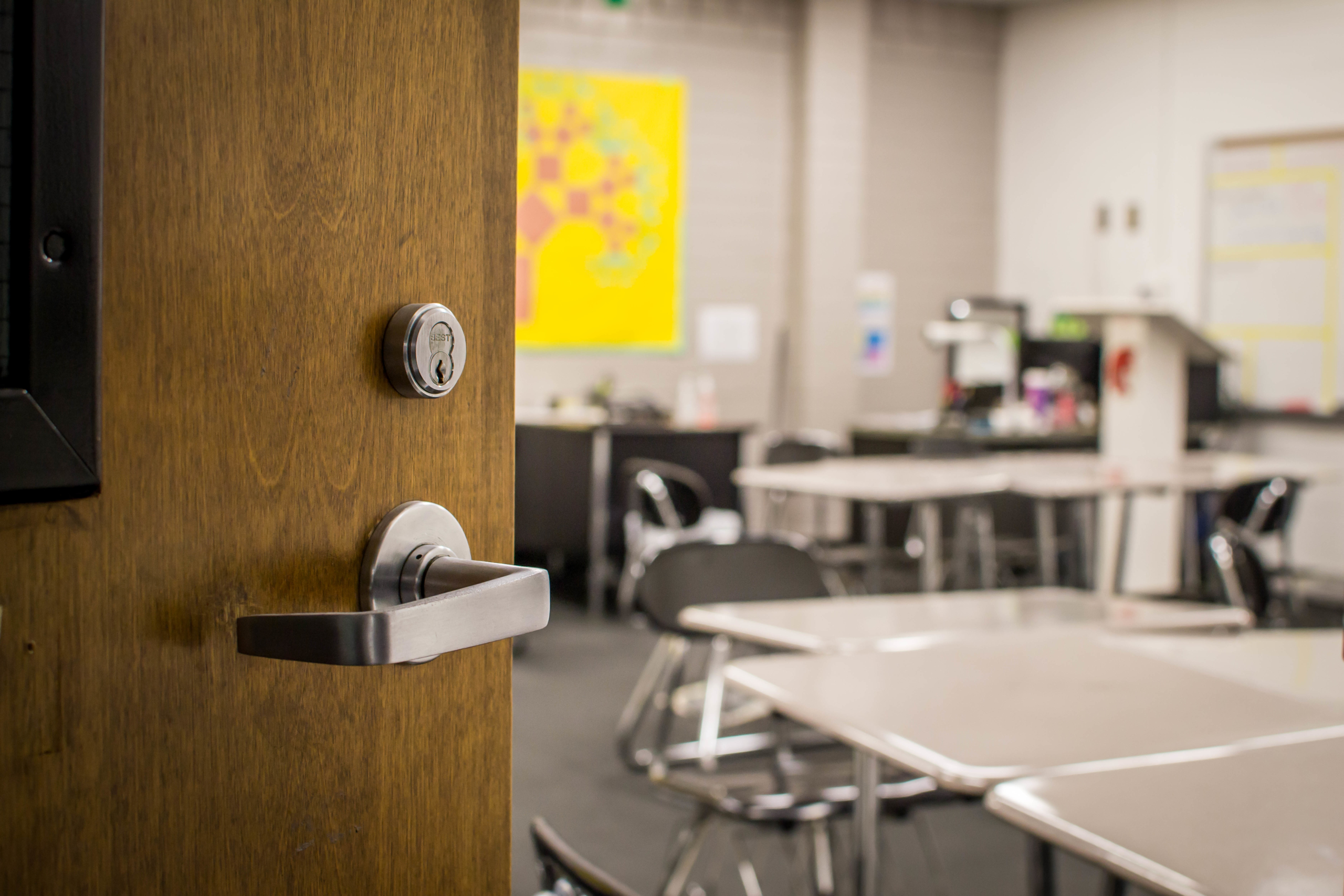Sign up for The Media Today, CJR’s daily newsletter.
Across the US and even in mainland China, a news story is arresting the attention of a global Chinese-speaking readership: The New York City standardized high school entrance exam. It’s a wonky topic that improbably inflames Chinese American parents as well as Chinese ones reading from their living rooms in Beijing and Shanghai, because of the proliferation of misleading coverage on WeChat, the dominant Chinese-language messaging app, on which misinformation runs rampant.
As the number of black and Hispanic students in New York City’s eight specialized high schools drops to an all time low, Mayor Bill de Blasio’s effort to diversify the student body by overhauling the admissions process has sparked intense debate. Of particular concern is de Blasio’s proposed elimination of the standardized test announced in June, the Specialized High School Admissions Test (SHSAT), that serves as the schools’ only entrance exam. The plan, intended to increase ethnic diversity in high schools, faces strong opposition, especially from the Asian American community, who make up about 60 percent of the student bodies in these schools.
ICYMI: How hacked emails and a yacht in Monaco ended my career at WSJ
That community’s opposition can be traced to coverage of the mayor’s reform proposal in Chinese-language news, especially coverage in Mandarin circulated on messaging app WeChat and read by Chinese immigrants around the country. On WeChat lives a different narrative of the admissions overhaul: that, instead of diversifying the student bodies of the city’s most selective high schools, reformers want to reduce the percentage of Asian students enrolled there.
These reports portray the SHSAT exam as an effective tool that ensures equal opportunity for all students; to abolish it would be to undo its work of greater race and class equality. Some of the reports originate in newsrooms that might be unknown to Americans who don’t speak Chinese, but carry great weight among those who do. “The SHSAT exam was installed by the State of New York in 1971 to ensure the best students, regardless of race, ethnicity and family income, can get into the specialized high schools,” reads one report widely circulated on WeChat from early March. The story comes from the New York bureau of The China Press, a national paper covering the lives of the Chinese American community that English-language papers typically ignore.
WeChat has had a leveling effect, equating good and bad Chinese-language news sources by divesting them of context, much as Twitter has done with news in English. Because almost all other chat apps are blocked in China, WeChat is the is the central information and news platform and dominant instant messaging and social media app both within its borders and among the global Chinese diaspora, with more than one billion daily active users. Many immigrants of Chinese descent rely on it to communicate with their families in China, share Chinese-language news articles, send and receive digital payments.
READ: In Slovakia, a murdered journalist and a pro-press president
The city’s public high school reform was widely reported by WeChat news-aggregating accounts based in China—particularly aggregator handles that specialize in education and target parents with school-aged children. These handles summarize daily news on a specific issue by posting eye-catching headlines that serve their highly segmented readership.
A report from a WeChat handle focusing on American education news, titled “New York mayor tries hard to keep Chinese kids from dominating top high school,” frames the SHSAT reform as yet another hurdle low-income Chinese-American families face in pursuing class mobility. Despite their hard sacrifices, they are unable to afford expensive suburban homes in good school districts or take advantage of college legacy admissions—and now, the prominent WeChatter says, De Blasio is trying to withhold a vital opportunity for a good education.
The reports often explicitly pit Asian Americans against other minority groups. “In order to save seats for weak students, the mayor wants to keep qualifying Asian students out of the door,” says another report by a handle targeting Chinese students studying overseas, titled “hidden racial discrimination.” Yet another report says the reform “aims to raise the percentage of black and Hispanic students from 9% to 45%.” Although a report by the New York City’s Independent Budget Office shows that the percentage of black and hispanic students would rise to 19 and 27 percent respectively (while Asians fall by about half), that is not the sole aim of the reform. The report also shows that the reformed admissions will increase the number of admitted girls considerably.
Some widely-shared stories go as far as calling de Blasio “anti-Chinese,” using the example of his wanting to turn the Louis J. Lefkowitz Office Building into “a 40-story prison.” The building is in Manhattan’s Chinatown.
And, of course, there are the micro-celebrities, present on every social media platform. WeChat’s influencer class, called Key Opinion Leaders, on the service, have also been speaking about the SHSAT. Gu Yingqiong, a real estate agent based in Seattle with hundreds of thousands of followers, provoked his readers on WeChat, asking, “Why doesn’t the National Basketball Association draft Asian players according to the racial makeup of the area it belongs to?”
ICYMI: What is machine learning and why should I care?
After de Blasio’s announcement, stories circulated that placed the SHSAT controversy on a continuum with historic American racism. Many reports widely shared on WeChat cite anti-Semitism in the 1920s at Harvard University as a parallel to what the American Chinese community perceives as de Blasio’s own campaign of discrimination, comparing the mayor’s reform to the “geographic diversity” admissions policy adopted by Harvard’s then-president A. Lawrence Lowell, which “reduced the percentage of Jewish students at the university from 30 to 15 percent in a short period of time,” says the China Press story.
The lure of the potentially enormous Chinese audience has attracted prominent English-language Western news outlets, too. The New York Times, which has been on WeChat since 2015, has published multiple stories about New York schools on its Chinese-language education account, @NYTEdu, is available to all WeChat users. But its view count usually hovers between 3,000 and 5,000 for each story published—negligible by comparison to the established Chinese-language publications.
By the power of a common language and a platform monopoly, WeChat has brought the Chinese-reading audiences of the two countries closer than ever before, and has arguably moved the Chinese American community in New York further away from other minority groups in the city. And it has taken this local issue global. Parents sitting in Beijing, Shanghai, and Shenzhen are telling those in New York not to back down in the comment sections and “go vote for your rights”. “They call it a ‘problem’ only when they can’t do better than the Asians,” reads one comment under an article titled “Protesters Call New York High School Reform an Elitist Trap,” “Why should we be punished for excelling?” reads another WeChat post.
Has America ever needed a media defender more than now? Help us by joining CJR today.





